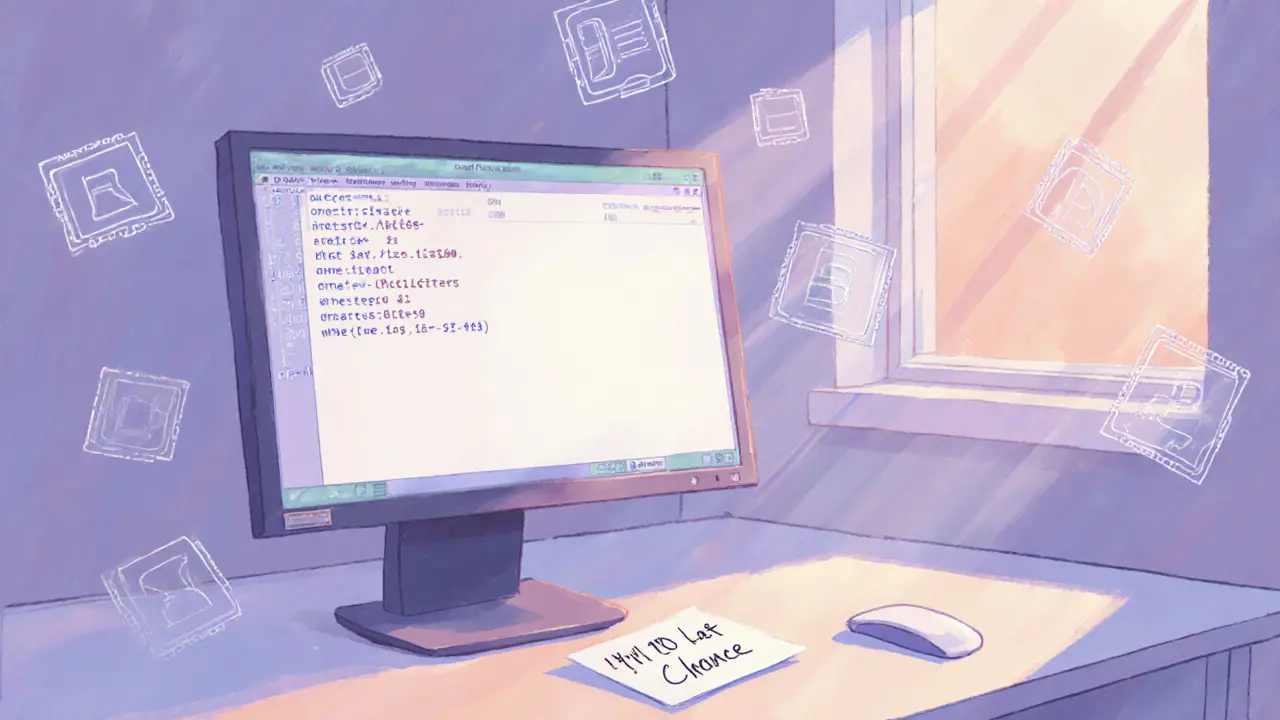Phala Network Airdrop: What It Is, How It Worked, and What Happened Next
When you hear Phala Network, a privacy-focused blockchain built to let apps run confidential computations on public networks. It’s not just another crypto project—it’s a way to keep your data private even when using open blockchains. The Phala Network airdrop, a distribution of free PHA tokens to early supporters and node operators. Also known as PHA token airdrop, it was designed to bootstrap a decentralized network of miners who secured private smart contracts. This wasn’t a flashy marketing stunt. It was a technical incentive: if you ran a node that helped encrypt data for dApps, you got paid in PHA.
Phala Network runs on Substrate, the same framework as Polkadot, and uses a unique approach called confidential computing, a method where code runs inside secure hardware enclaves (like Intel SGX) so no one—not even the node operator—can see the data being processed. This makes it ideal for DeFi apps that need privacy, like secret voting systems or private lending pools. The airdrop rewarded people who helped test and run these nodes before the mainnet launched. It wasn’t just about claiming free tokens. It was about proving you’d help build a real privacy layer for Web3. Those who participated weren’t just speculators—they were early infrastructure builders.
Unlike many airdrops that vanish after the hype, Phala’s was tied to actual work. You didn’t just follow a Twitter account—you had to run a node, keep it online, and contribute computing power. That’s why the PHA token still has utility today: it’s used to pay for confidential computation on the network. The airdrop didn’t create a bubble. It created a functioning system. Today, Phala’s ecosystem includes DeFi protocols, NFT platforms, and even enterprise use cases where data privacy is non-negotiable. The tokens handed out in the airdrop are still in circulation, still powering private transactions, still earning rewards for node operators.
What you’ll find below are real posts that cut through the noise. You’ll see who actually got paid, what went wrong, and how Phala compares to other privacy chains. You’ll also find warnings about fake airdrop scams pretending to be Phala. No fluff. No promises of free money. Just what happened, what’s left, and what you need to know if you’re still watching this space.

Learn how to claim 30 PHA tokens from the Phala Network airdrop before November 20, 2025. Requirements, steps, risks, and what happens after the Polkadot parachain shuts down.
Jonathan Jennings Nov 20, 2025




